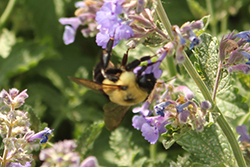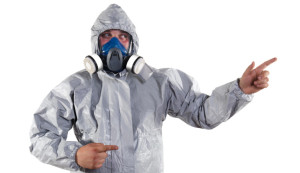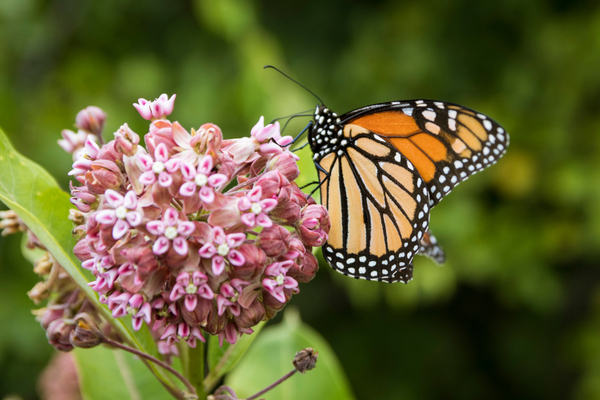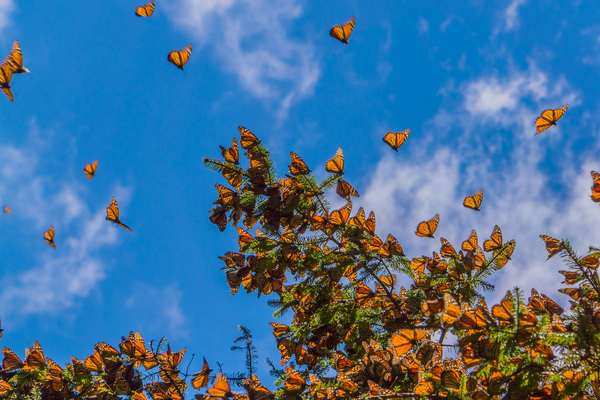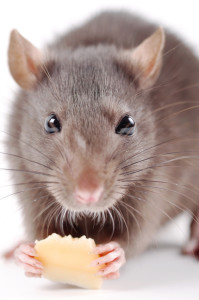 Although it was long believed that cockroaches were the main driver of greater than average asthma occurrences in inner cities, it has recently been found that mouse allergens were the principal driver of severe asthma and other related outcomes. This has come to light after a recent study was conducted involving Baltimore children residing in urban areas.
Although it was long believed that cockroaches were the main driver of greater than average asthma occurrences in inner cities, it has recently been found that mouse allergens were the principal driver of severe asthma and other related outcomes. This has come to light after a recent study was conducted involving Baltimore children residing in urban areas.
The facts of the study
According to a study done by Elizabeth C. Matsui, MD,MHS and her colleagues of the John Hopkins Hospital, in the event of asthma affected children living in Baltimore being exposed to both critters, cockroach sensitization was associated with only broncho dilator reversibility and acute care visits. In contrast, mouse sensitization was connected with obstruction of the airways, inflammation of the airway, visits to the hospital for acute care, and broncho dilator reversibility. Matsui and her team have published the results in the October edition of the Journal of Allergy and Clinical Immunology magazine. The study states that the mouse allergen had no links with the cockroach allergen.
Matsui and her colleagues have cautioned, however, that this result may not be the same in all cities. Previous studies have shown that children are susceptible to mouse allergen more in New York, Chicago, and Boston. US cities with more cockroach allergens were New York and Chicago. Dust mites topped the list in Tucson and Seattle.
Get Started today!
The team stated in the report that this study brings into prominence the importance of examining the applicable allergens for asthma related health at a community level. This is important because not all urban communities will possess identical allergen profiles as reported in various studies.
A different view
Dennis R. Ownby, MD, Georgia Regents University, Augusta has said that the study is provocative and urban communities are not the only ones who are susceptible to mice allergens. According to a national survey, allergy initiating mouse urine was detected in almost 82% of inner urban residences, with concentrations exceeding safe levels in about 35% of them.
A small study proved that a reduction of concentrations of mouse allergen also lessened the symptoms associated with asthma. Ownby also said that total eradication of mice can be very difficult. Mouse allergen deserves a better investigation for its role as one of the primary causes of asthma in urban residences. This should be done with the hope that better techniques of lessening allergen exposure to mice will be associated with reduced morbidity of asthma.
The researchers were united in the conclusion that their findings could assist interventions at the community level for localities with a greater than average asthma burden. In case of Baltimore, the metropolis would get the maximum benefit from targeting infestation of mice and also get extra benefit from targeting cockroaches as well.
Mouse Allergen and Asthma Cohort Study
The probable Mouse Allergen and Asthma Cohort Study included about 144 Baltimore City residents between 5 and 17 years of age. All of them had persistent asthma and clinical data available for the past 12 months. The demographic studied were mostly African-American, poorly educated and low income families. Many of them had asthma exacerbation in the past year. Simple skin prick examinations churned up positive results for mice in about 51% of the cases. Data for cockroaches and dust mites were 60% and 56% respectively.
For those sensitized, 41% were open to mouse allergen and the same percent were open to cockroach allergen. This figure rests on dust samples settled on the bedroom floor. After proper adjustment for serum total Immunoglobin-E (IgE) level, sex and age, exposure and sensitization to mouse allergen was involved with a higher incidence of acute care visits for greater levels of pulomonary inflammation and asthma. This was measured by a fraction of nitric oxide that is exhaled (P<0.01).
Sensitization and exposure to both the allergens were associated with more negative outcomes compared to either of them alone

